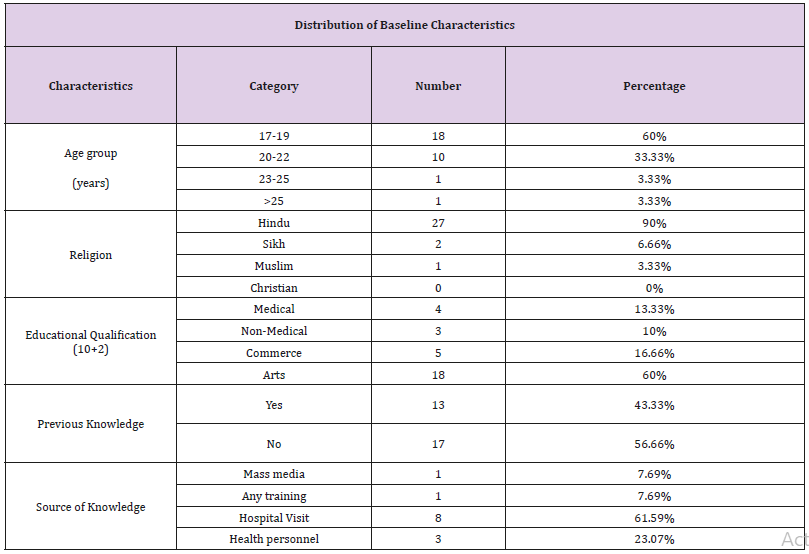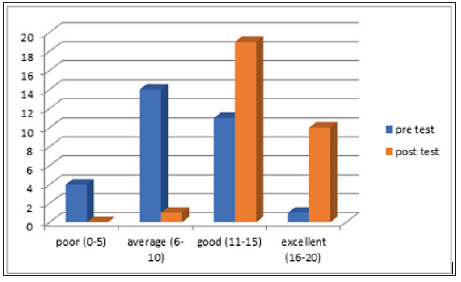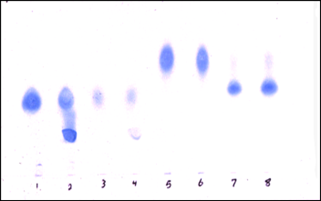Effectiveness of Planned Teaching Program Regarding Personal Protective Equipment Use among the Students of GNM 1st Year at Maharaja Agrasen College of Nursing, Hisar.
Introduction
Personal protective equipment are specialised clothing and equipment used to reduce the risk of exposure to blood, body fluid or other containments. Personal protective equipment can create a barrier to prevent contact with infectious material contaminating your eyes, nose, mouth and clothing, but it must be used correctly to be effective. All hospital staff, patient and visitor should use PPE when there will be contact with blood and other bloody fluids. Selection of PPE must be based on an assessment of risk of transmission of microorganisms to the patient and risk of contamination of the health care workers, clothing and skin by patient blood, body fluids, secretion or excretion. In a press release on 13 October 2005 WHO state that “preventable hospital infection are a major cause of death and disability for the patients and nursing professionals also. Health care associated infections are an important issue of patients who are critically ill.
Adequate knowledge regarding standard precautions among nursing students can reduce the mortality and morbidity rates. A study conducted among 543 nurse’s shows that nurses work in unique and unpredictable environment, which may result in nurses being unable to comply with existing universal precaution guidelines. A study conducted among 540 nurses in Iran shows that there is urgent need to create and strengthen programme for improving the knowledge for better and safe practice. A study conducted in Gujarat concluded that current infection control procedure and practices during labour and delivery in health facilities revealed a need for improvement information system, protocol, and procedures and for training and research.
Material and Method
Quantitative research approach with pre-experimental one group pre-test-post-test research study was carried out amongst 30 GNM 1st year students. Study samples were selected by purposive sampling technique from Maharaja Agrasen College of Nursing, Agroha. Participants were first explained about the rationale of study and verbal informed consent was obtained. Before administering planned teaching programme, a pre-test was conducted by using structured knowledge questionnaire which includes information regarding personal protective equipment’s. On the next day the investigator conducted a 45 minutes teaching programme regarding use of personal protective equipment’s. Computer based power point presentation method was adopted for teaching programme. On the 3rd day of the study post test was conducted to assess the effectiveness of teaching programme. Data was collected and analysed, ‘t’ test was used to find the significance.
Result and Discussion
The result of the study shows that 4(13.3%) subjects had poor knowledge, 14(46.6%) had good knowledge; whereas 1(3.33%) had excellent knowledge before the administration of planned teaching programme. It was increased after administration of teaching programme. The result of post test score shows that 10(33.3%) had excellent level of knowledge, 19(63.3) had good knowledge and whereas only 1(3.3%) had average knowledge and no one had poor knowledge regarding PPE. The mean difference between pre-test and post-test score was 5.07 and it is statistically significant at 0.05 level of significance. The standard deviation of mean difference is 3.28 for pre-test and 2.89 for post-test. The paired ‘t” test value calculated is 7.31 (Tables 1 & 2) and (Figure 1) [1-5].
Table 1: Distribution of baseline characteristics.

Table 2: Comparison of knowledge score among students.

Figure 1: level of knowledge of students regarding personal protective equipment’s.

Conclusion
Planned teaching program was effective in enhancing the knowledge of students regarding use of personal protective equipment’s. The ‘t’ test score between pre-test and post-test knowledge score was significant.
Recommendation
a) The study can be replicated on large sample.
b) A true experimental study can be done using random sampling technique.
c) A comparative study can be conducted to assess the staff nurse’s knowledge regarding personal protective equipment.
d) A study to be carried out to assess the effectiveness of video assisted teaching on knowledge regarding personal protective equipment.
Development of a Taping Method to Prevent Osgood-Schlatter Disease Onset in Adolescent Male Soccer Players-https://biomedres01.blogspot.com/2020/12/development-of-taping-method-to-prevent.html
More BJSTR Articles : https://biomedres01.blogspot.com


No comments:
Post a Comment
Note: Only a member of this blog may post a comment.